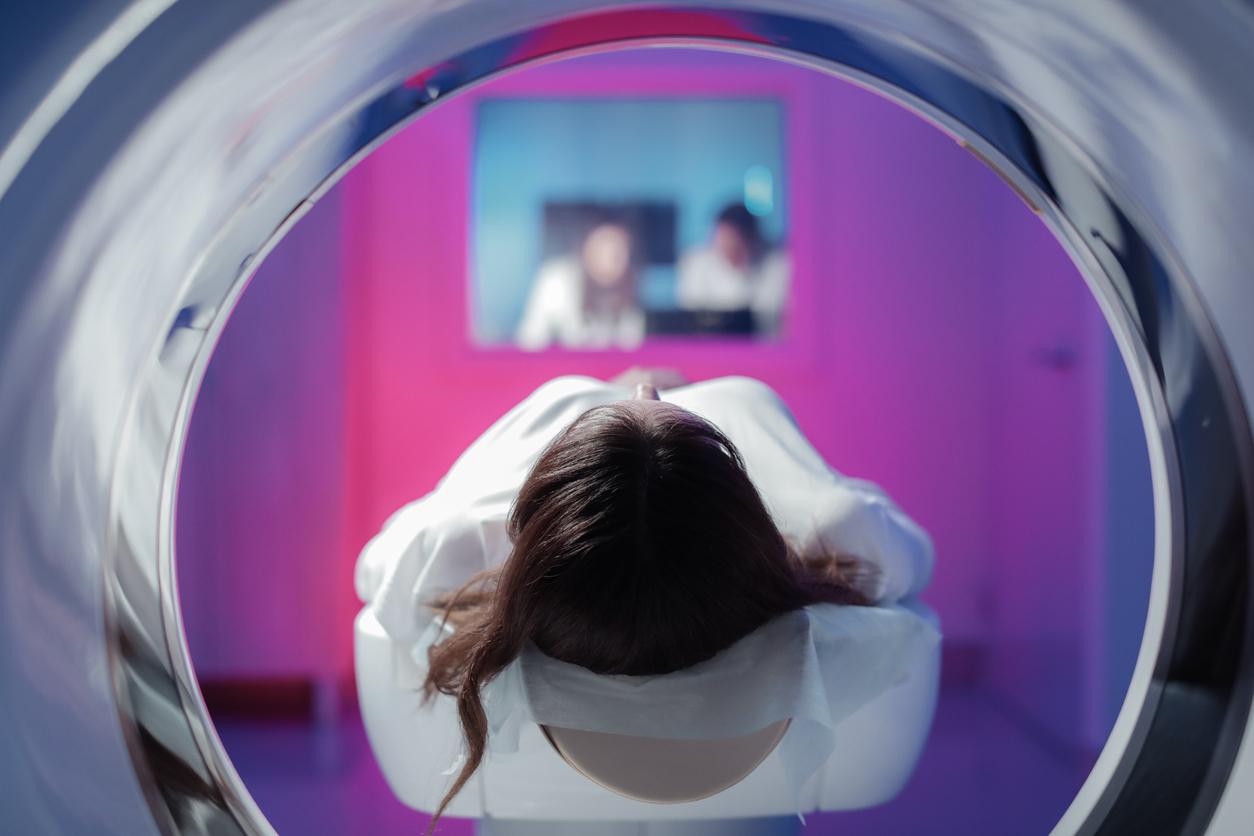With 30.5 days as the average waiting time to urgently obtain an appointment for an MRI, the results of the 2009-2013 Cancer Plan point to under-equipment in France.

In 2013 in France, you have to wait more than a month on average to get an emergency appointment for a magnetic resonance imaging (MRI). This is twice as much as the target set by the Cancer Plan for 2010. This observation, which had already been noted by the association Future Health Imaging (Isa) at the end of April, emerges this Friday in the final report of the Cancer Plan. 2009-2013 unveiled by the General Directorate of Health (DGS) and the National Cancer Institute (INCa). As a result, France has only 10.1 devices per million inhabitants. By way of comparison, Denmark and Germany are close to 30 devices per million inhabitants.
Among the actions planned in this Cancer Plan, 60% have been or will be carried out by the end of the plan at the end of 2013. But in the end, for the authors of this report, the results remain mixed.
They note on the one hand significant progress in terms of quality and safety of care, with the bringing into compliance of the 885 establishments authorized for the treatment of cancer, an increase of more than 40% in the number of radiophysicists between 2007 and 2011 and the recognition by the INCa of 23 regional networks to ensure regional coordination.
In addition, the authors of the report also underline that the quality of screening has increased thanks to more efficient mammography equipment and that the deployment of immunological tests from 2014 should help increase participation in colorectal cancer screening.
But many goals have not been met. The list mainly includes risk factors for cancer, such as tobacco consumption, which is maintained in France. Cigarettes are indeed the leading cause of cancer-related deaths in France, with 25% of cancer deaths attributable to it. This finding is all the more damning as smoking has increased among women and among the unemployed, note the authors.
Another downside to this assessment, vaccination for the prevention of cancer of the cervix of the uterus, which decreased in 2012. And finally, exposure to UV radiation for which the regulation of tanning booths must be further tightened, in particular to protect the children.
A necessary measure since in 2009, the International Agency for Research on Cancer (Circ) classified them as “certain carcinogenic to humans” (group 1), after having notably assessed that the risk of developing cutaneous melanoma is increased. 75% for individuals who have used tanning beds at least once before the age of 35.
.















